
Posted on 04/02/2015 4:13:46 AM PDT by Homer_J_Simpson

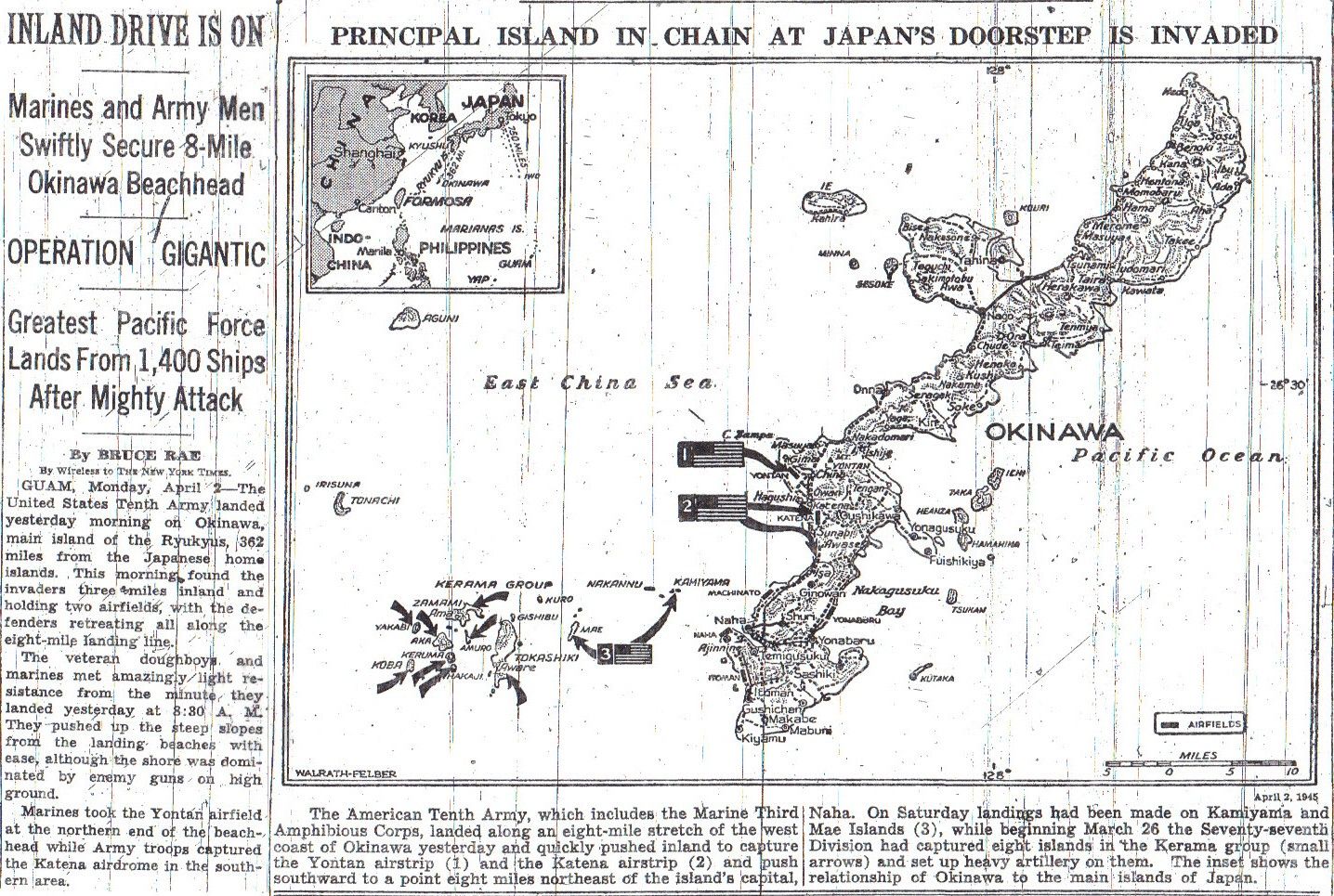
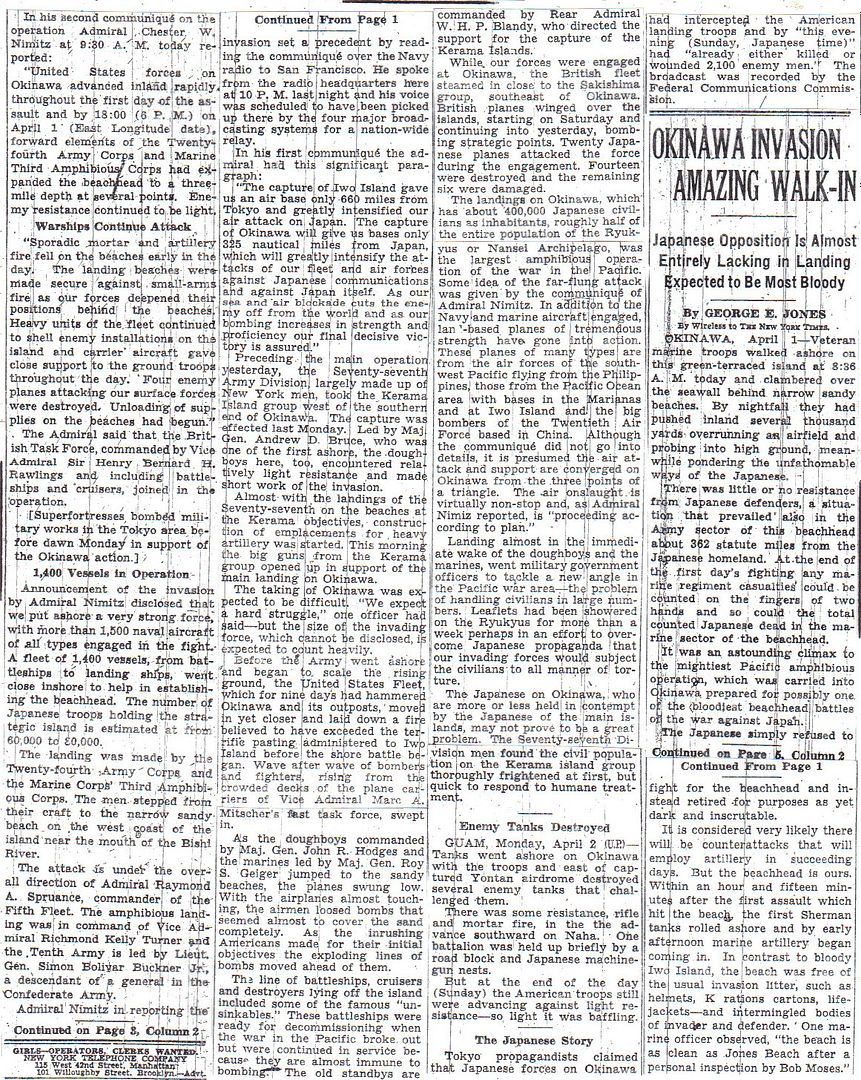
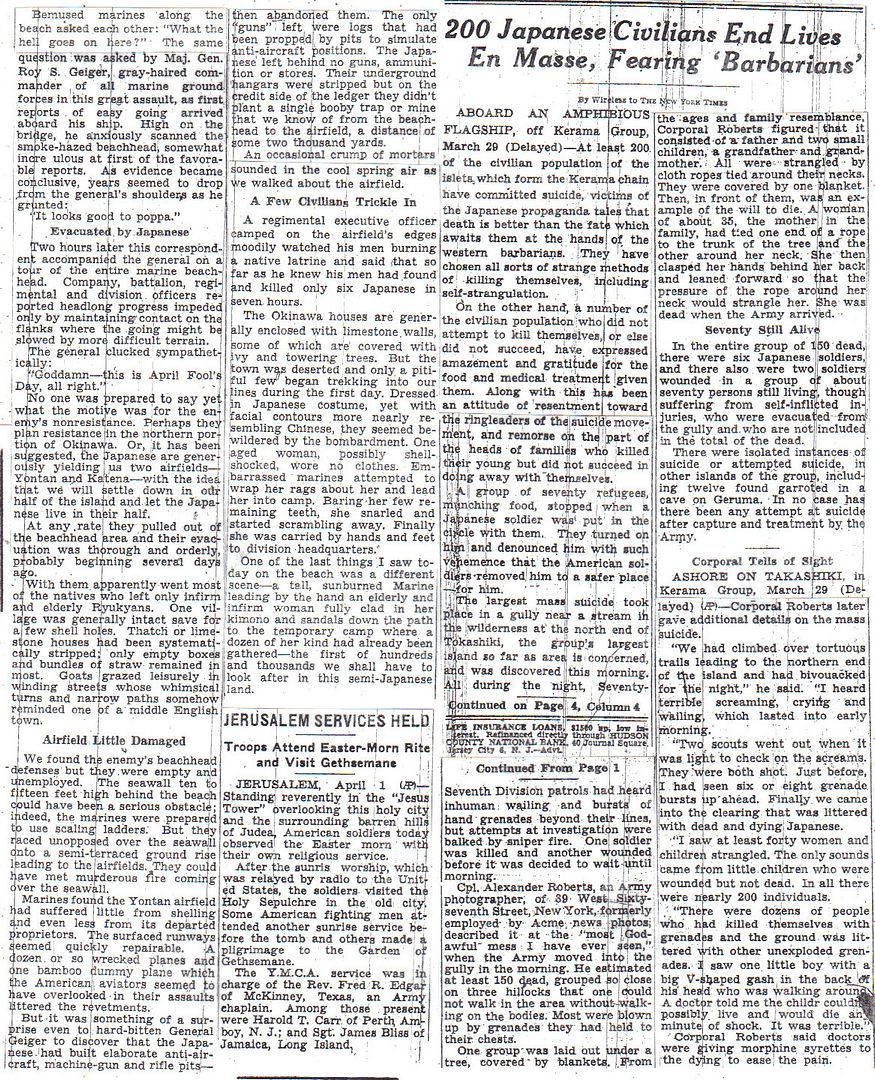
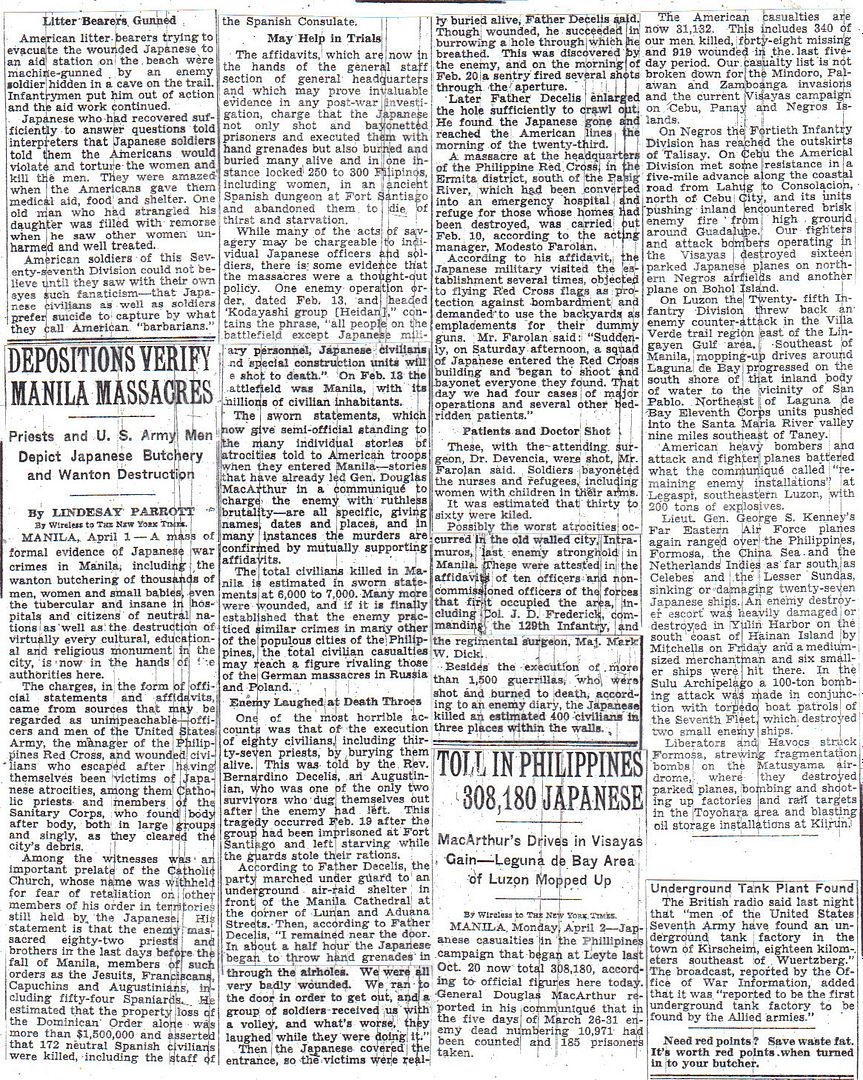
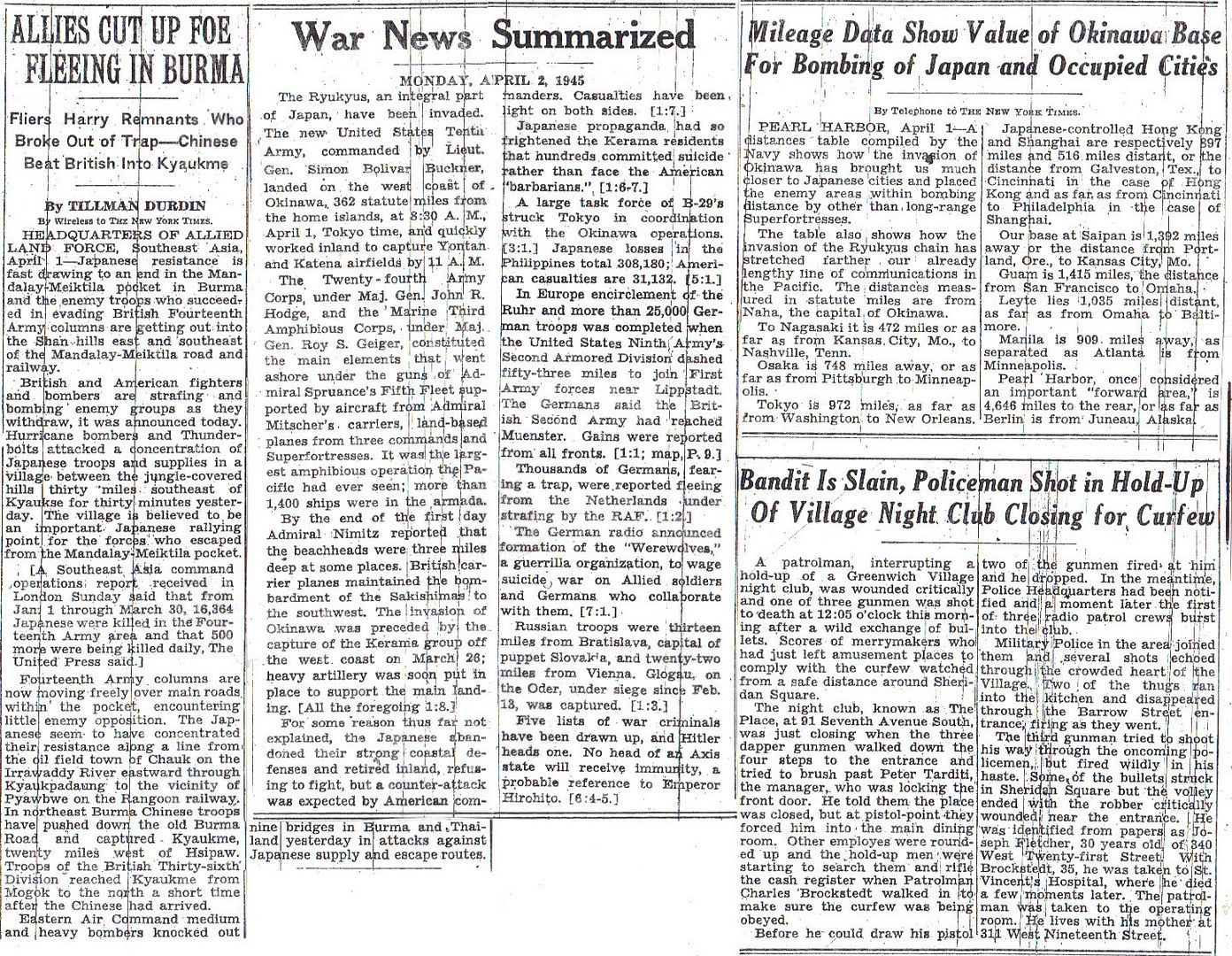
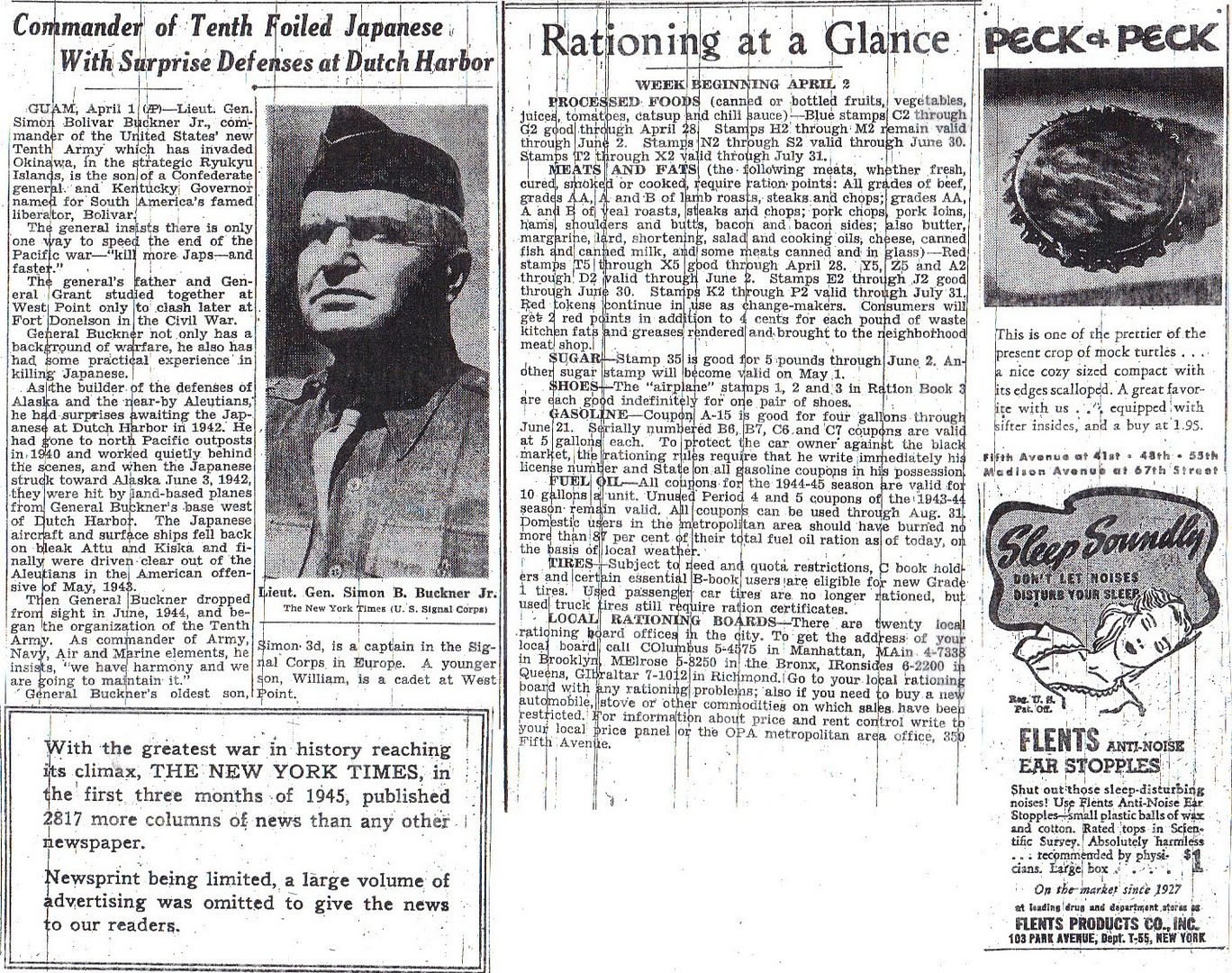

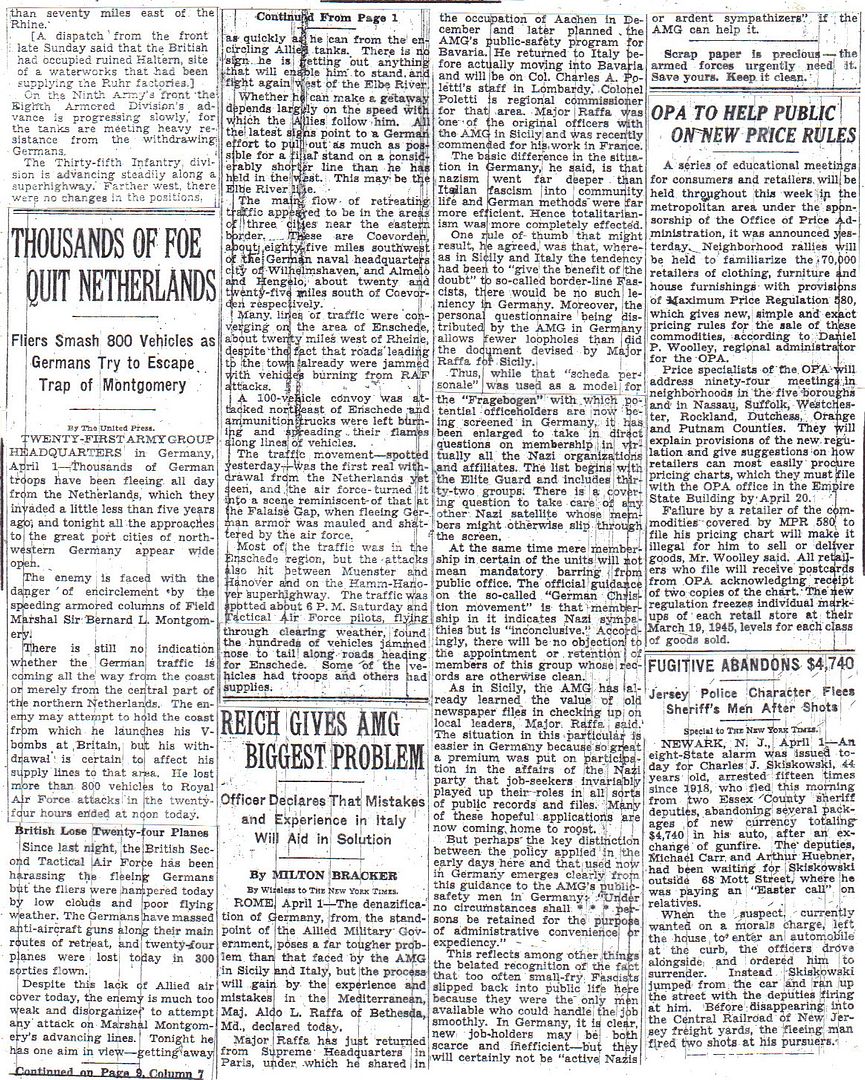

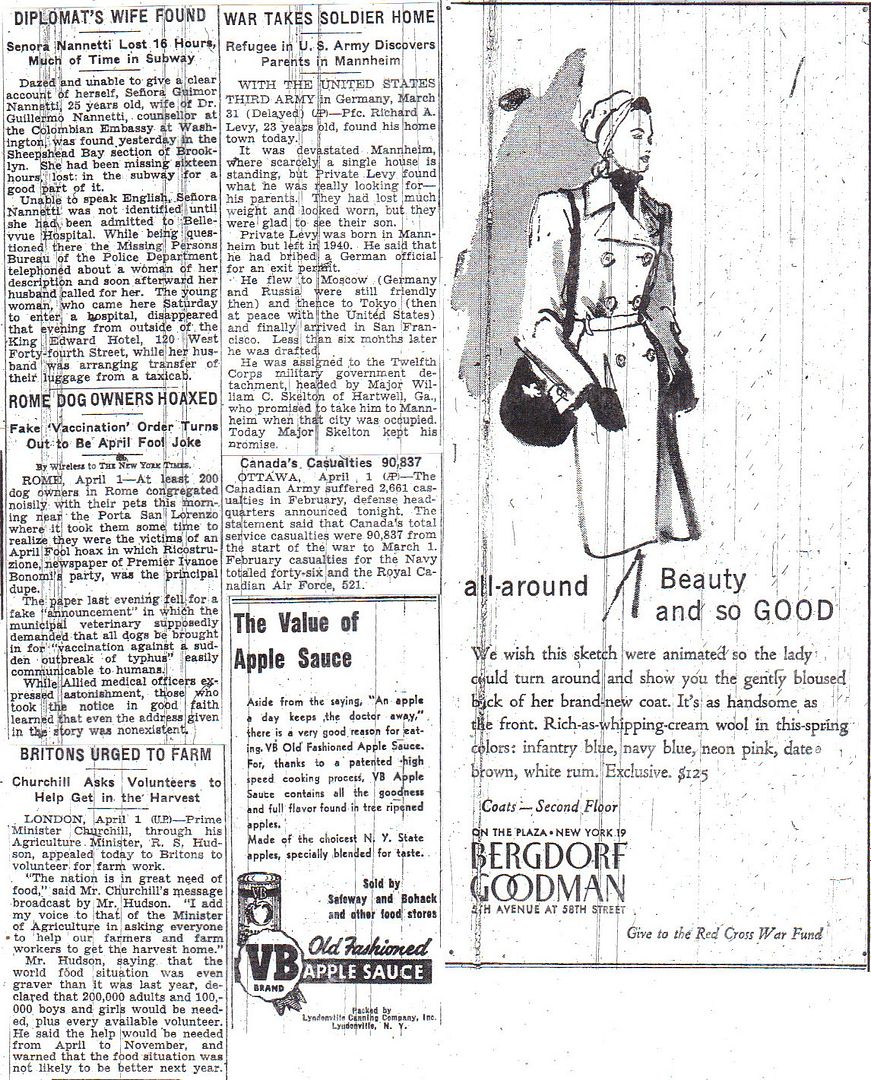
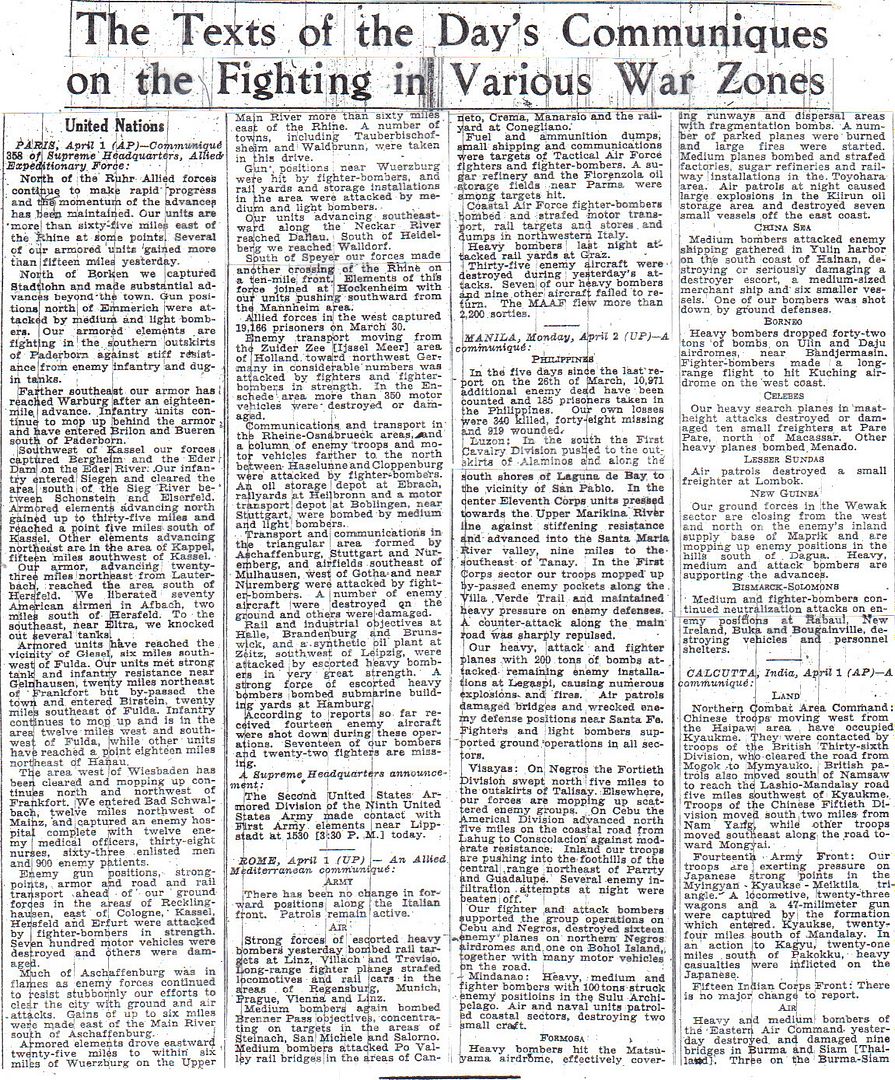
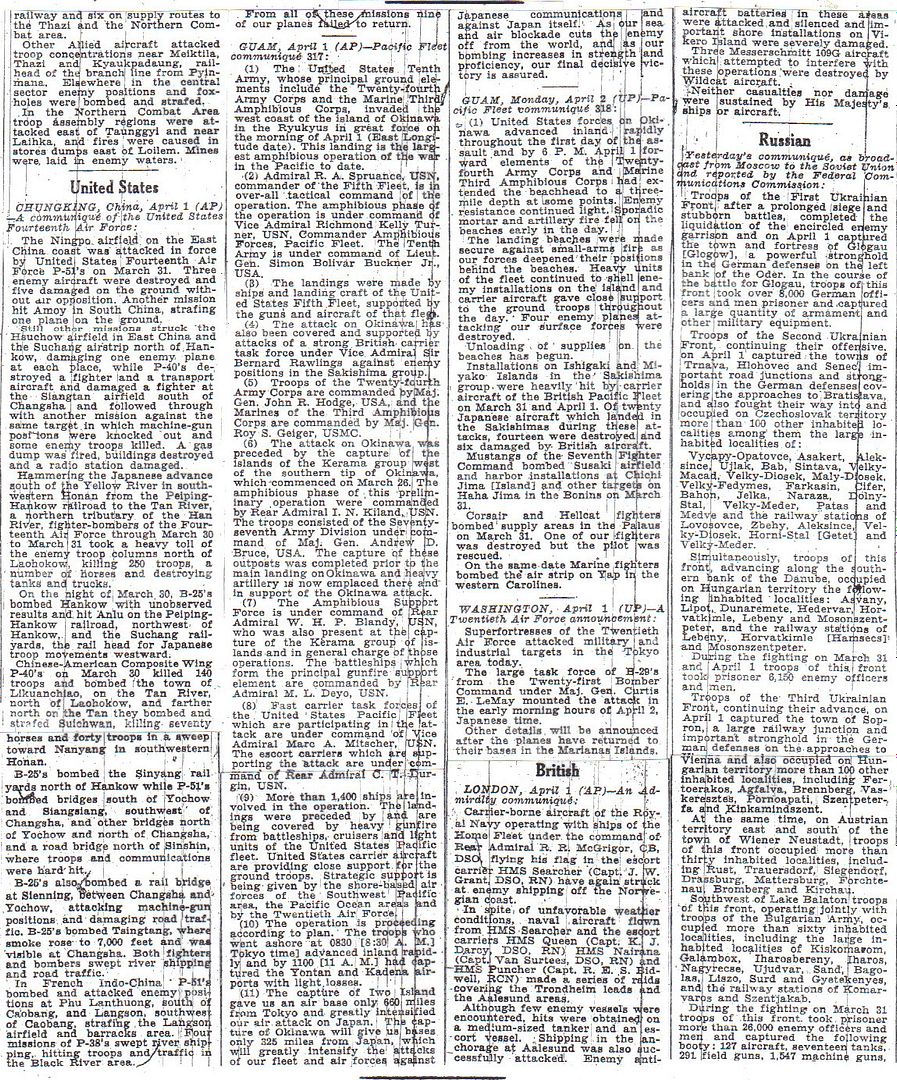

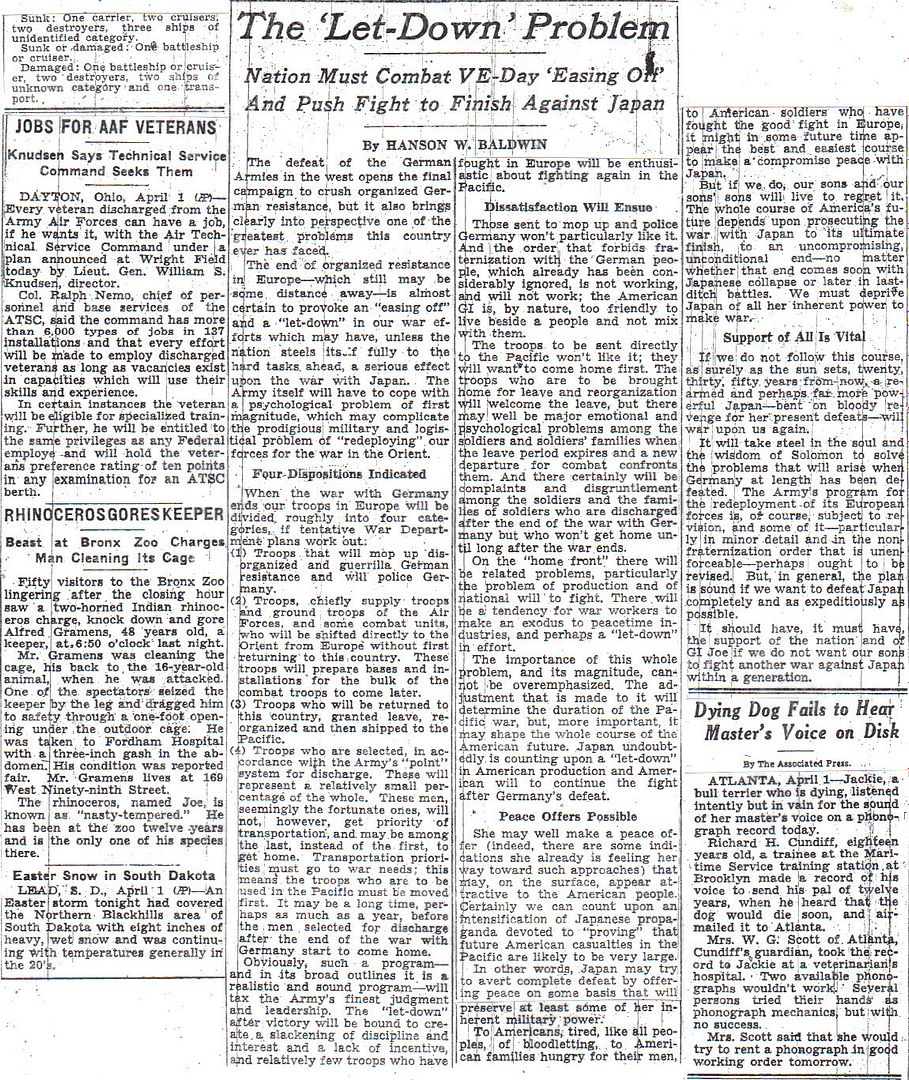
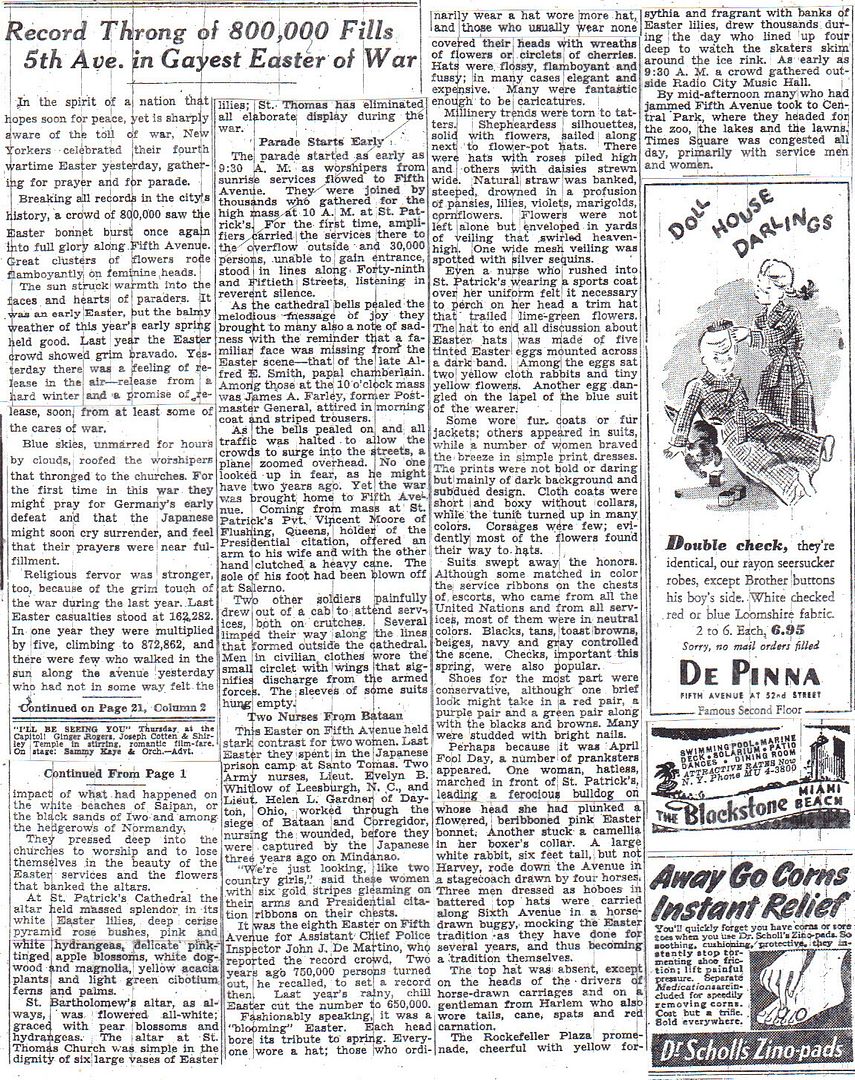
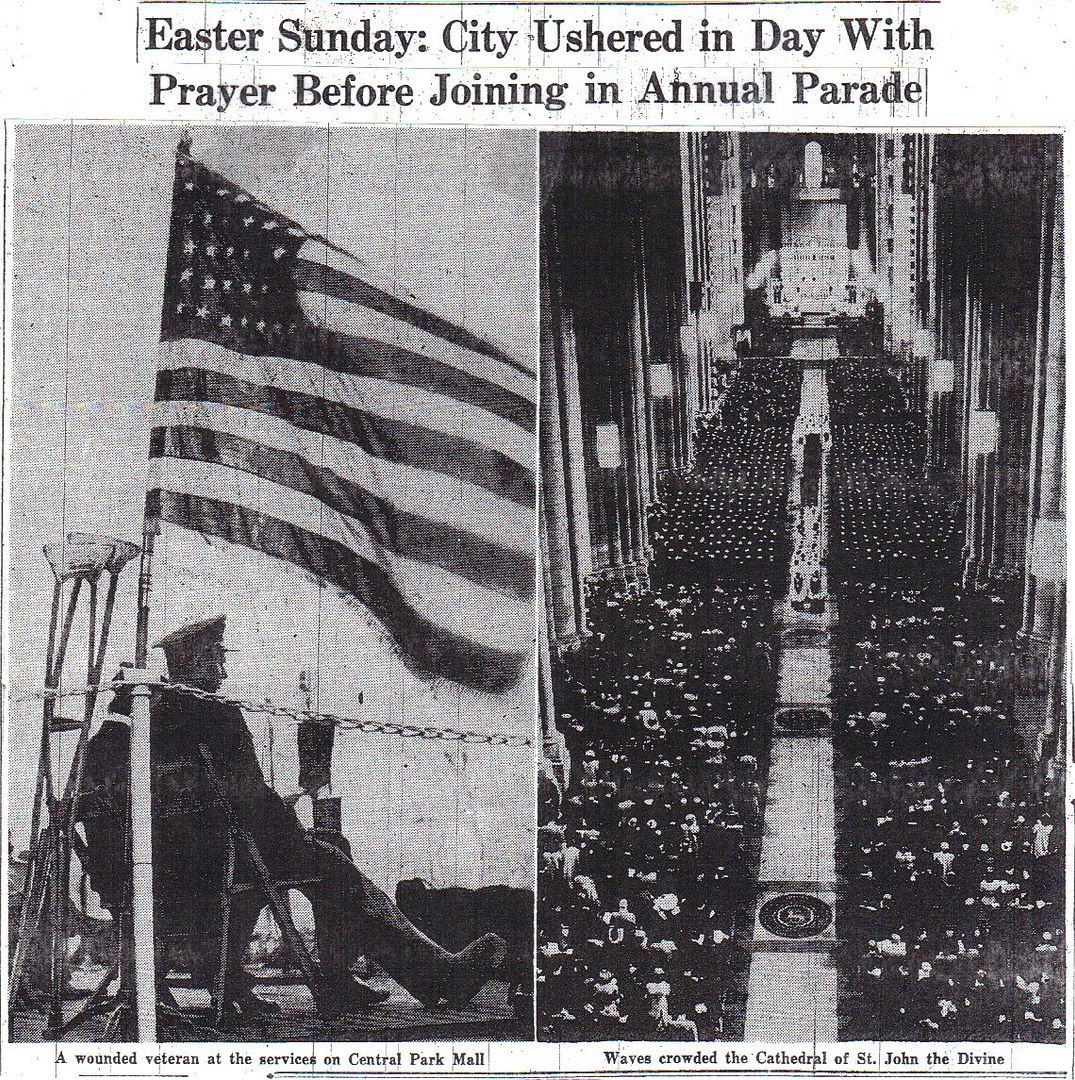
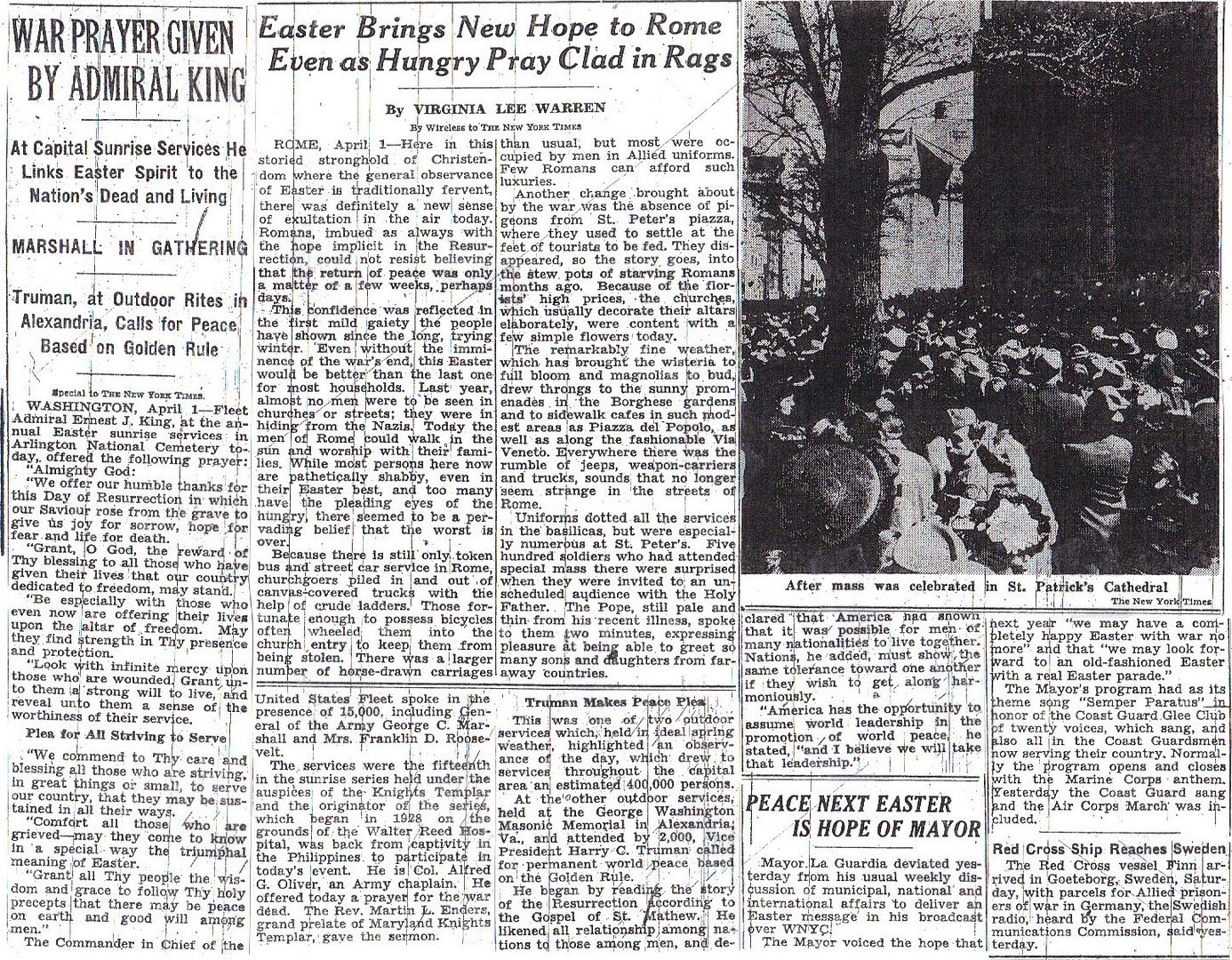
One of the iconic images from Montgomery County history is the photo of Sheriff Ray "Buck" Boston pointing at the bullet hole from a shot that went through his hat but not his head while chasing bank robbers 70 years ago today.
On the morning of Friday, April 2, 1945, an APB went out after three men robbed the First National Bank of Greenville and made off with $28,882. Sheriff Boston, along with jailer Alfred "Nubs" DeBreck and Illinois State Police Trooper Dwight Whitlock headed south from Hillsboro on Route 127 and encountered the robbers about a mile south of Taylor Springs.
Boston turned around and chased the bank robbers through Hillsboro, ending about a mile southwest of Litchfield. All three robbers, Charles Fauls, 26, Raymond Boos, 17, and Stanley Singer, 31, were arrested.
During the chase, however, Singer knocked out the back window of the 1941 green Oldsmobile sedan get-away car and fired shots at Boston's Nash.
One bullet passed through the front of the vehicle, through Boston's hat, and out the back of the car.
According to 1945 coverage in The Hillsboro Journal, "Boos, the last captured of the trio, received head lacerations from police officers when he resisted arrest."
Larry D. Boston of Morrisonville, grandson of Sheriff Boston, reminded the newspaper of the 70-year anniversary.
"As a child I was told the story several times how he got his hat shot off chasing bank robbers," he said.

I think I just found a new definition of Chutzpah...
;-)
Sorry I'm off by a day, getting ahead of myself, peering into unknown future, but....
April 4 begins a hugely important series of events, which deserve and will get full coverage here, including photos, hopefully as timely as my schedule can allow.
Well isn’t that interesting. Some things of note:
1) Monty is off to the races. Finally. I know he faced an organized defense, but it still took a long time to fully rupture the front. And the Germans got the time to organize because Monty did not immediately hop the Rhine and grab bridgeheads. The Soviets NEVER made that mistake; every operation was capped by seizing bridgeheads over the water obstacle that halted it. The Americans usually didn’t make that mistake either.
2) The Ruhr Pocket is huge; by area the largest encirclement of the war, even exceeding the pockets in the vast spaces of the eastern front. (To be sure of my hyperbole, I’ll have to compare to the Kiev pocket of 1941, but I believe that by the time the pincers closed, it was somewhat smaller than this).
3) Only some of the American infantry divisions are motorized, most of them are lagging far behind the armored spearheads. It raises issues not unlike what the Germans encountered in 1941 and the Soviets in 1944. The “front” is progressing rapidly, but the full combat power of the army is not. Once the forward units outstrip their supplies, they will not be strong enough to overcome even a very weak screen thrown up in front of them. The full combat power of the army is in the trailing infantry divisions that need time to come up. This happened to the Germans in France in 1940, Smolensk and after Kiev in 1941, and with the Soviets along the Vistula in 1944. It will happen to the Americans at the Elbe. I have previously invoked the law of “Logistic Limits” that causes most pursuits to peter out once they’ve outrun their supplies. I will now supplement that with a corollary law of “Combat Power Dissipation,” which states that the farther an army goes in pursuit, its striking power wanes as the forces are dissipated in the newly occupied territory since many fighting formations lag behind.
4) Patton is still not in Hammelburg, in case you hadn’t noticed.
Himmler was a disgusting little chicken farmer, wasn’t he? You knew Hitler wasn’t going to live to stand trial at Nuremberg, but it would have been nice to see Himmler there, along with Goebbels.
But those guys didn’t have the balls for it.
Argh.
Concerning your number three, I’m sure the Pentagon has a nice little chart tucked away somewhere depicting that inevitable phenomenon.
I like my #3. And I’ll bet I’m not the first person to come up with the idea.
In fact, the Soviets knew this instinctively, thus their mania for seizing bridgeheads at the end of every offensive.
You’ve seen this I’m sure. I don’t know who said it, maybe Napoleon: “Amateurs study strategy, professionals study logistics.”
I think Napoleon’s quote was “An army travels on its stomach.”
I have seen your quote variously attributed to Martin van Creveld, an Israeli military theorist, and Gen. Robert Barrow, Commandant of the USMC.
Today that copper would get diagnosed with PTSD and go on disability, and not ever have to work again. Or be assigned to some clock-punching no-work desk job where he will hide until retirement. And when he finally does retire, no one in the department will notice.
A couple of days ago, my 92 year old Father-in-law (PaPaw) related a war story to my wife for the first time:
70 years ago, March 30th, 1945, PaPaw was on a Mine-Sweeper off of Okinawa with a convoy of other ships when they came under attack by Kamikazes. One Kamikaze flew by their ship within 100 feet of him, but it was headed for a Destroyer. PaPaw said he could make out the goggles of the pilot.
With his freshly cleaned 50 Cal, he was so tempted to open fire, but they were under a no-shoot order because of the close proximity of other ships.
Fortunately, there was a Hellcat in pursuit which got the Kamikaze before it reached the Destroyer.
No biggie Colonel Klink and Hogan got that covered.
Well, Patton didn’t have it covered. He thought he did, but...
I've heard it as "Amateurs talk strategy. Professionals talk logistics" and seen it attributed to Omar Bradley.
Maybe we can capture one of those German 'gadgets' that the Dutch guy was talking about the other day.
Lots of good posts with the personal element today. Thanks, all.
“4) Patton is still not in Hammelburg, in case you hadn’t noticed.”
Did Patton ever get to Hammelburg?
According some stuff I read tonight, although he sent the failed mission, it was liberated by the U.S. 14th Armored Division Infantry of the 19th Armored Infantry Bn. with supporting M4 medium tanks from the 47th Tank Bn. (both units of the 14th Armored Division) which was part of the 7th Army.
Disclaimer: Opinions posted on Free Republic are those of the individual posters and do not necessarily represent the opinion of Free Republic or its management. All materials posted herein are protected by copyright law and the exemption for fair use of copyrighted works.